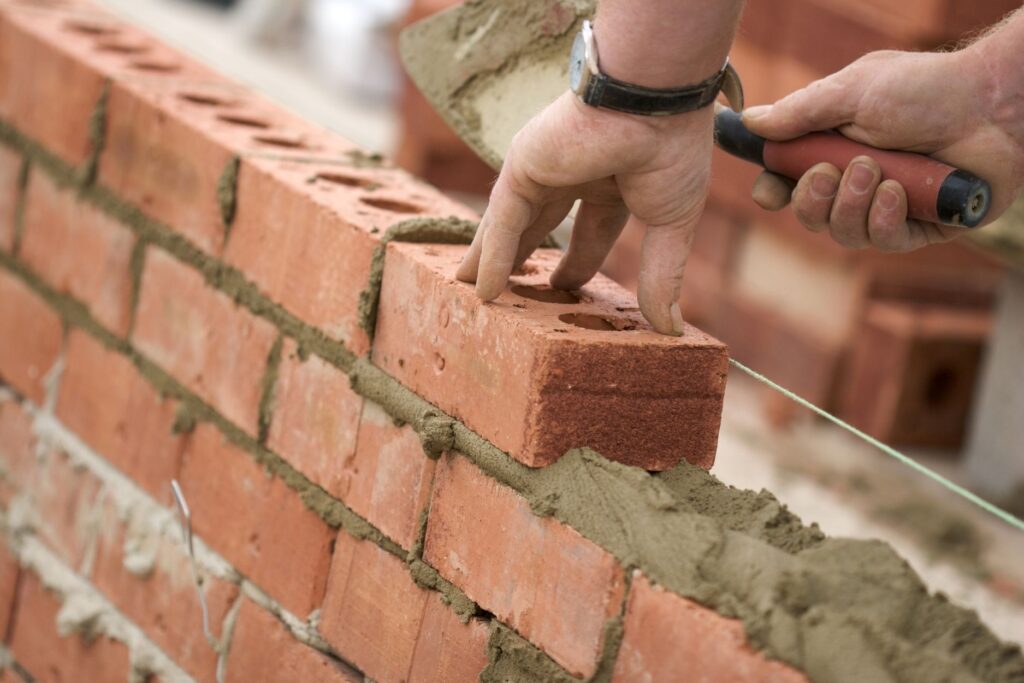Expanding your property portfolio from one property to five can be a rewarding journey, offering increased rental income, capital appreciation, and financial security. This guide provides buy-to-let property investors with practical strategies to achieve this growth using mortgages, equity, and cash. By following these steps, you can grow your portfolio in the shortest time possible while minimizing risks and maximizing returns.
Step 1: Assess Your Financial Situation
Before embarking on the journey to expand your property portfolio, it’s crucial to assess your financial situation. This includes understanding your current income, expenses, savings, and existing property equity. A clear picture of your finances will help you determine how much you can invest and the best strategies to use.
Step 2: Leverage Mortgages
Mortgages are a powerful tool for growing your property portfolio. Here’s how to use them effectively:
- Buy-to-Let Mortgages: These mortgages are specifically designed for rental properties. They typically require a larger deposit (usually around 25%) and have higher interest rates compared to residential mortgages. However, they allow you to leverage your investment, enabling you to purchase more properties with less upfront cash.
- Interest-Only Mortgages: Consider interest-only mortgages, where you only pay the interest on the loan for a set period. This can reduce your monthly payments and increase your cash flow, allowing you to save for additional investments.
- Remortgaging: If your existing property has increased in value, you can remortgage it to release equity. This involves taking out a new mortgage on the property, often at a higher value, and using the additional funds to purchase more properties.
- Portfolio Mortgages: Some lenders offer portfolio mortgages, which allow you to finance multiple properties under a single loan. This can simplify management and potentially offer better terms.
Step 3: Utilize Equity
Equity in your existing property can be a valuable resource for expanding your portfolio. Here’s how to leverage it:
- Home Equity Line of Credit (HELOC): A HELOC is a revolving line of credit secured by your home’s equity. It works like a credit card, allowing you to borrow as needed up to a certain limit. The flexibility of a HELOC makes it a great option for investors who want to access funds when the right opportunity arises.
- Cash-Out Refinance: A cash-out refinance involves replacing your existing mortgage with a new, larger one, and receiving the difference in cash. For example, if you owe £150,000 on a home worth £300,000, you may be able to refinance up to 80% of the home’s value (£240,000), giving you £90,000 in cash to invest.
- Home Equity Loan: A home equity loan allows you to borrow a lump sum based on your home’s equity. Unlike a HELOC, this is a one-time loan with fixed monthly payments. This can be useful for funding a full property purchase or down payment.
- Cross-Collateralization: Some lenders allow cross-collateralization, where you use the equity in an existing property as collateral for a new mortgage. This method is often used by investors who want to avoid taking out separate loans on multiple properties.
Step 4: Use Cash Wisely
Using cash to grow your property portfolio can provide flexibility and reduce reliance on loans. Here’s how to use cash effectively:
- Save for Deposits: Saving for deposits is essential for purchasing additional properties. Aim to save at least 25% of the property value for buy-to-let mortgages. This will reduce your loan-to-value ratio and potentially secure better mortgage terms.
- Invest in Renovations: Use cash to invest in renovations and improvements on your existing properties. This can increase their value and rental income, providing additional funds for future investments.
- Purchase Properties Outright: If you have substantial cash reserves, consider purchasing properties outright. This eliminates mortgage payments and increases your cash flow, allowing you to save for additional investments.
- Diversify Investments: Diversify your investments by purchasing properties in different locations and types. This reduces risk and increases the potential for capital appreciation.
Step 5: Add Value to Properties
Adding value to your properties can accelerate equity growth and rental income. Here’s how:
- Renovations and Upgrades: Invest in renovations and upgrades that enhance the property’s appeal and functionality. This can include modernizing kitchens and bathrooms, improving energy efficiency, and adding amenities.
- Increase Rental Income: Implement strategies to increase rental income, such as furnishing properties, offering short-term rentals, and targeting high-demand tenant groups. Higher rental income can improve your cash flow and support further investments.
- Regular Maintenance: Regular maintenance ensures your properties remain in good condition and retain their value. This can prevent costly repairs and enhance tenant satisfaction.
Step 6: Repeat the Process
Once you’ve successfully grown your portfolio to two or three properties, repeat the process to continue expanding. Here’s how:
- Leverage Equity: Use the equity in your existing properties to finance additional purchases. This can involve remortgaging, HELOCs, or home equity loans.
- Reinvest Rental Income: Reinvest rental income into savings for deposits and property improvements. This can accelerate your ability to purchase more properties.
- Monitor Market Trends: Stay informed about market trends and opportunities. This can help you identify undervalued properties and make strategic investments.
Step 7: Manage Your Portfolio
Effective management is crucial for maintaining and growing your property portfolio. Here’s how:
- Professional Property Management: Consider hiring a professional property management team to handle day-to-day operations. This can include tenant screening, rent collection, maintenance, and legal compliance.
- Use Real Estate Investment Tools: Utilize real estate investment tools to track performance, manage finances, and analyze market trends. These tools can provide valuable insights and support informed decision-making.
- Diversify Your Portfolio: Diversify your portfolio by investing in different property types and locations. This reduces risk and enhances potential returns.
- Measure Success: Regularly measure the success of your portfolio by tracking key metrics such as rental income, property value, and occupancy rates. This can help you identify areas for improvement and make strategic adjustments.
Growing your property portfolio from one property to five requires careful planning, strategic use of mortgages, equity, and cash, and effective management. By following the steps outlined in this guide, buy-to-let property investors can achieve this growth in the shortest time possible while minimizing risks and maximizing returns.
Leverage mortgages to finance additional properties, utilize equity to access funds, and use cash wisely to save for deposits and invest in renovations. Add value to your properties to accelerate equity growth and rental income, and repeat the process to continue expanding your portfolio. Effective management and diversification are crucial for maintaining and growing your portfolio.
Investing in real estate can be a rewarding journey, offering financial security and long-term wealth. With the right strategies and a proactive approach, you can successfully grow your property portfolio and achieve your investment goals.









